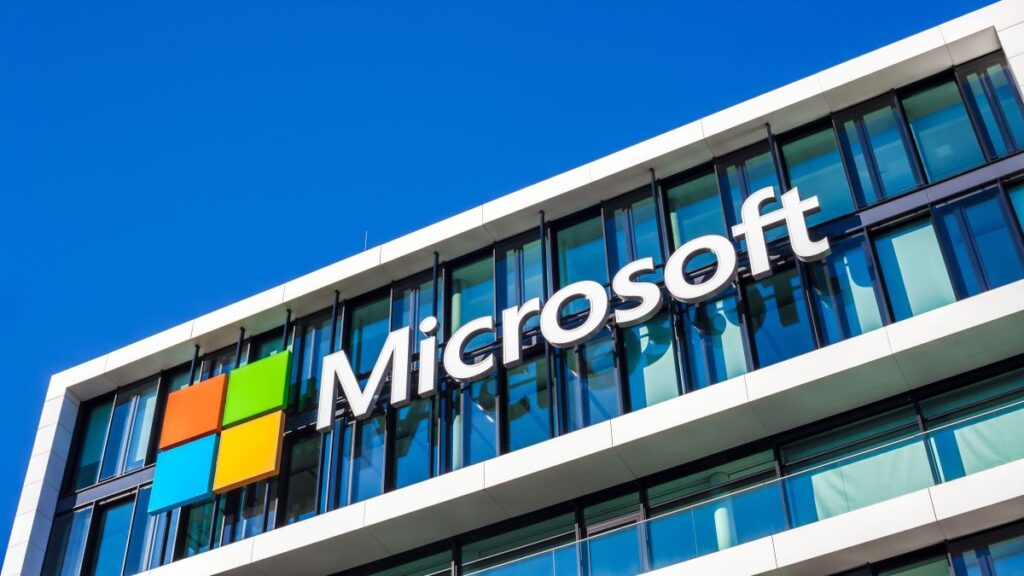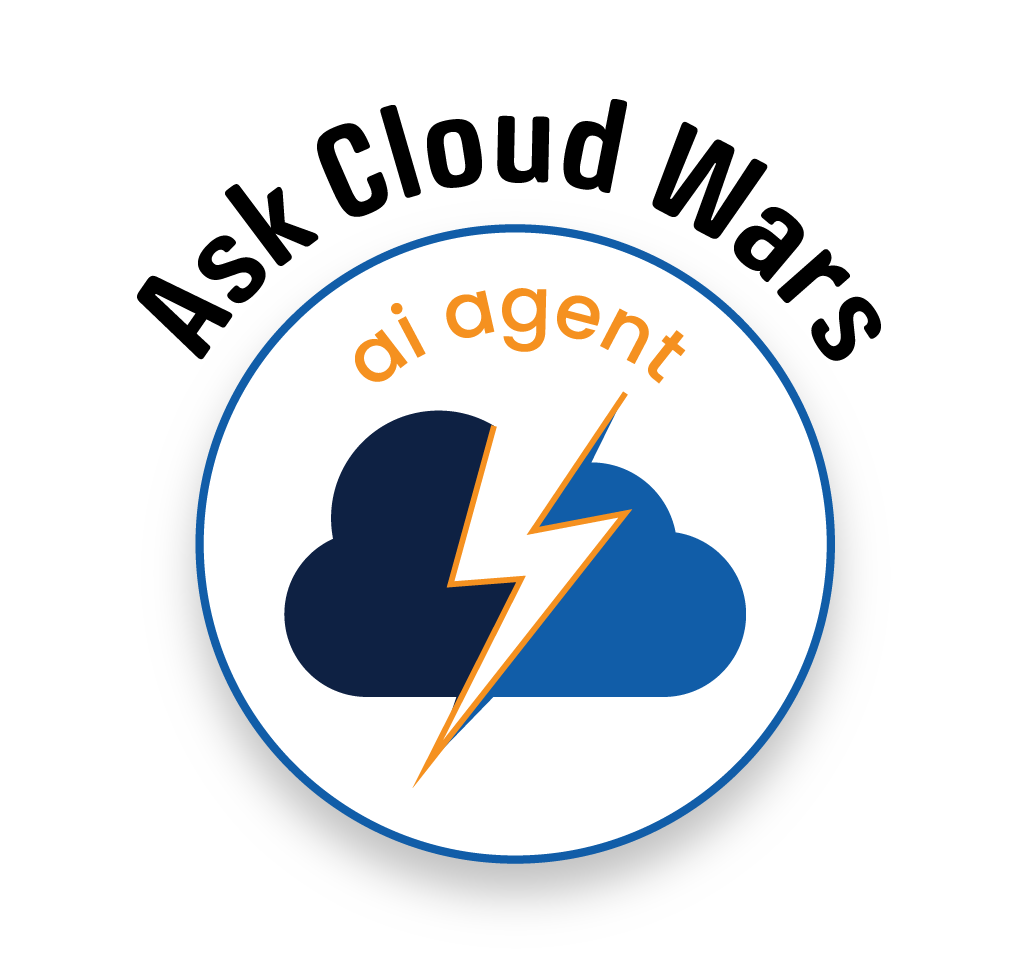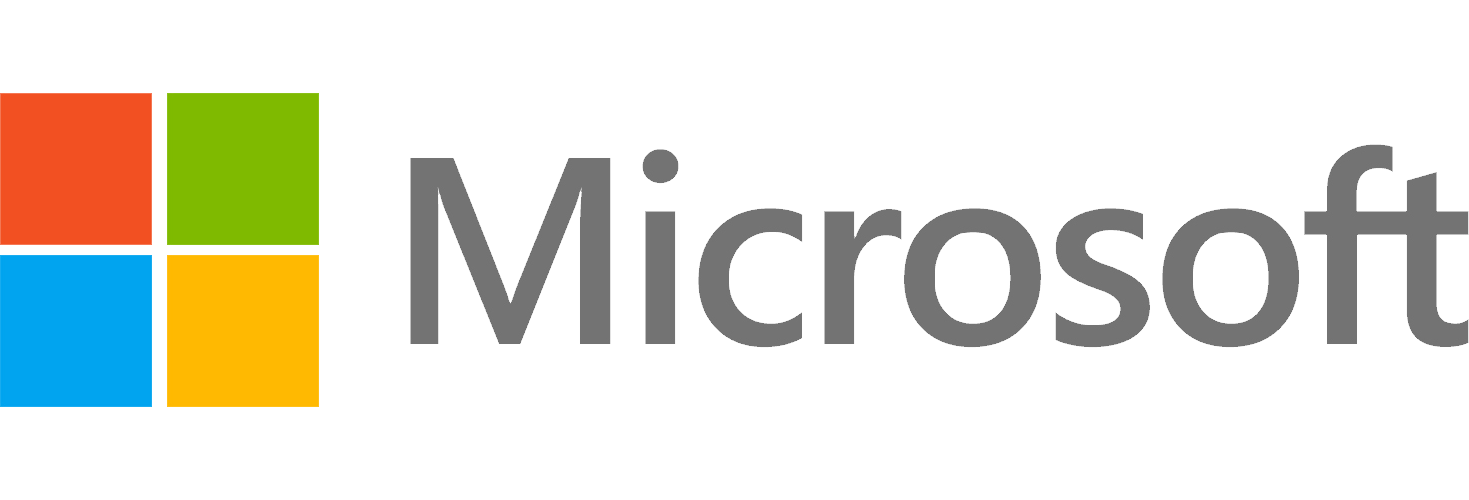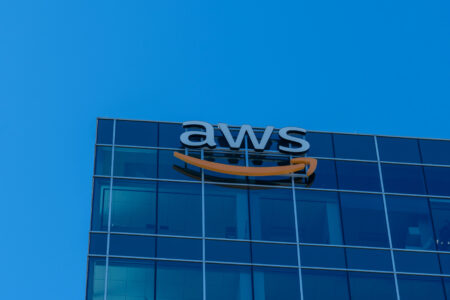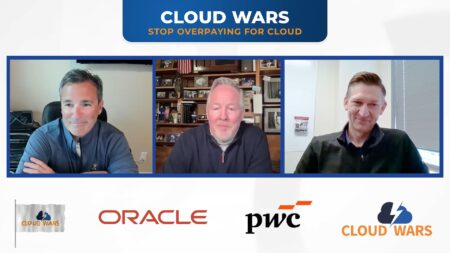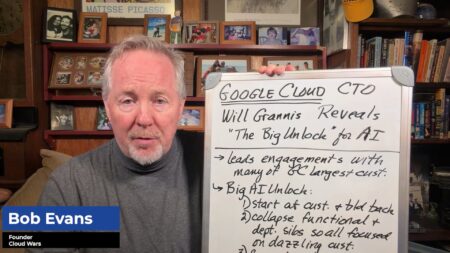
The layoffs of 15,000 people in the first half of this year by Microsoft — one of the world’s wealthiest and healthiest companies — is something we should all prepare to see with growing frequency from all types of companies as the widespread adoption of AI revolutionizes how businesses think and operate.
In just the past six months, mighty Microsoft has laid off 15,000 people, which is a tiny percentage of its global workforce of approximately 230,000.
And while one of the reasons Microsoft has built up a market cap of $3.73 trillion is its scrupulous focus on controlling costs, it would be foolish to assume this was a “cost-cutting” move. Rather, I think the layoffs were an example of what we’re going to see happen on a fairly regular basis as businesses in every industry and every region of the world look at AI-driven layoffs as a way to accelerate every facet of their operations, focus their people and money on emerging growth priorities, and leverage this astonishing new technology to be smarter, faster, and more opportunistic.
Hey, maybe I’m crazy: maybe Microsoft thinks it’s running out of money and needs to hoard its cash more vigorously. But the numbers tell a totally different story:
- with a market cap of $3.73 trillion, Microsoft is the second most-valuable company in the world behind only NVIDIA and its valuation of $4.02 trillion;
- net income for its fiscal Q3 ended March 31 was up 18% to $25.8 billion (fiscal-Q4 numbers will be released July 30);
- total revenue for those three months was up 13% to $70.1 billion; and
- cash flow from operations for Q3 was $37 billion, up 16%.
So in the midst of such performance, why lay off 15,000 people?
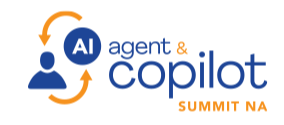
AI Agent & Copilot Summit is an AI-first event to define opportunities, impact, and outcomes with Microsoft Copilot and agents. Building on its 2025 success, the 2026 event takes place March 17-19 in San Diego. Get more details.
Here’s the answer to that question CNBC got from Microsoft:
“We continue to implement organizational changes necessary to best position the company and teams for success in a dynamic marketplace,” a Microsoft spokesperson said in an email.
Now, while that comment is not exactly protein-rich, I think we can read between the lines and infer that the point about “organizational changes” is less about layoffs and more about the need for the company to do everything in its power to be fully prepared for what will surely be a very different type of future, including:
- what Microsoft’s customers expect from Microsoft;
- how Microsoft engages with customers;
- how customers use Microsoft products and evaluate them for future investments;
- how customers view Microsoft as possibly the optimal partner for the AI future;
- how Microsoft develops and markets the products and services that generate about $750 million in revenue very single day; and
- how Microsoft organizes itself — including its fast-growing AI digital workforce — to deliver on all of those opportunities.
The Pace of Change, and the Intensity of Change
While the past 12-18 months have provided us with glimpses of the extraordinary waves of disruption and change that are going to rock the global business community, those will seem like tranquil and almost sleepy summer afternoons compared to what we’ll all experience over the next two or three years as AI goes from being an isolated and almost fringe-y part of corporate operations to becoming fully embedded in end-to-end processes.
As that happens, and as the ways we’ve worked for the past 10 or 20 or 100 years becomes completely untenable, business leaders will have to make sweeping changes to how they think, behave, design, create, engage, sell, service, and innovate. The models of that past will no longer work, and wrenching change will be required to create the new operational models that do work.
And the grim specter of layoffs will be an inevitable consequence of all that change because in addition to some highly skilled people being reassigned, others whose skills and/or experiences are not ideal fits for the AI future will be let go to make way for those with AI experience and expertise.
My good friend Chris Lochhead over at the excellent Category Pirates advisory firm has been doing some excellent writing about how companies and individuals can prepare themselves for this very different future by tuning the culture to embrace AI eagerly and enthusiastically rather than fearing it. One example of their great work is “Vibe Creating: Why Building With AI Starts With Being As Human As Possible.”
Final Thought
It’s not about “profits over people” or any other type of glib sloganeering. No, it is instead about preparing to survive and then quickly thrive in a world where the past is relevant only if it can be tied directly to creating the future.
Ask Cloud Wars AI Agent about this analysis


